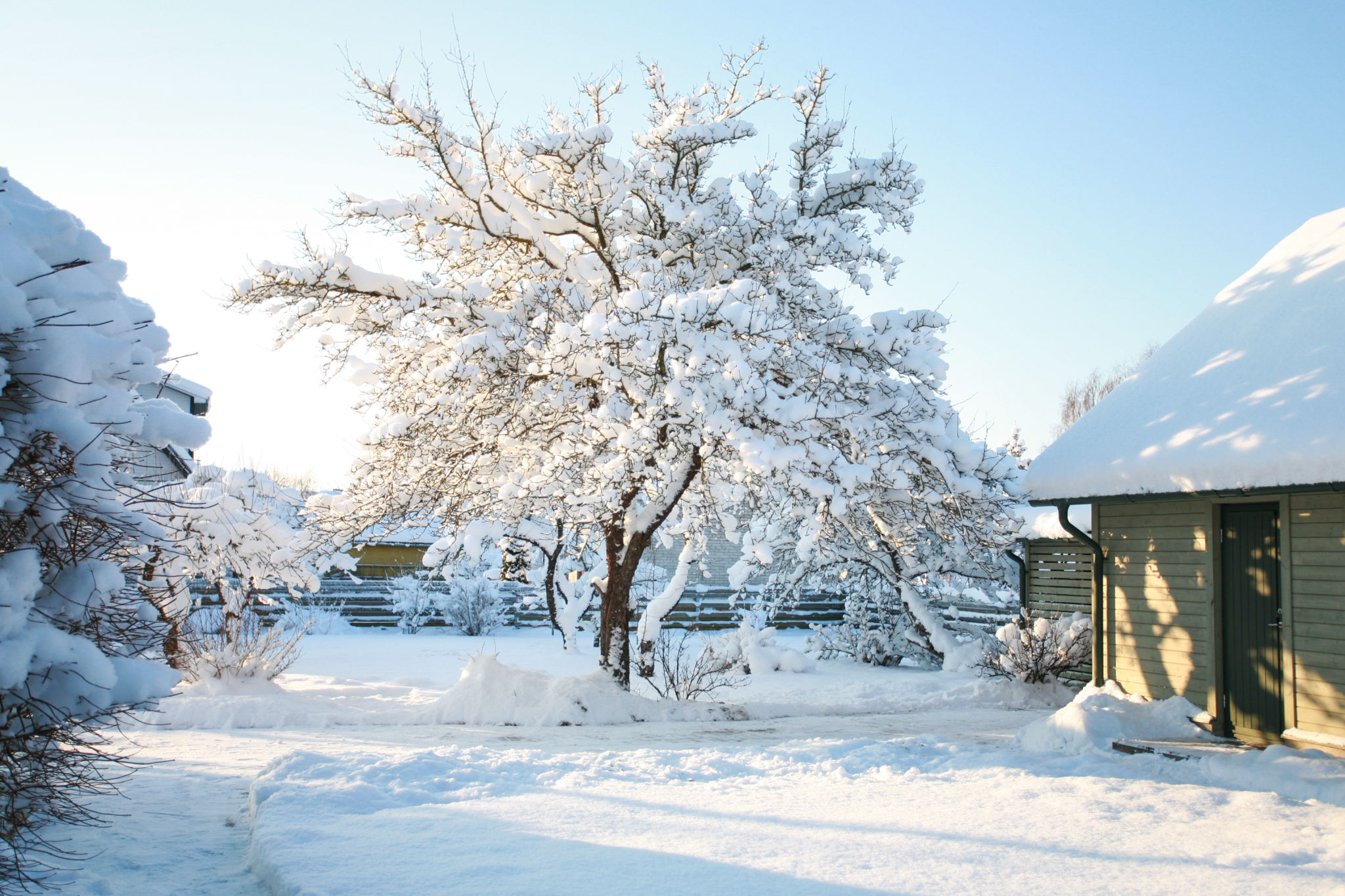Seasonal Tree Trimming Guide: Keeping Your Trees Healthy Year-Round
Understanding the Importance of Tree Trimming
Tree trimming is an essential practice for maintaining the health and aesthetics of your trees. Regular trimming helps remove dead or diseased branches, promoting healthy growth and ensuring your trees remain strong and beautiful throughout the year. Whether you're a seasoned gardener or a beginner, understanding the basics of tree trimming can significantly benefit your landscape.

Seasonal Trimming: Why It Matters
Each season presents unique challenges and opportunities for tree maintenance. Knowing when and how to trim your trees according to the season can prevent potential problems and enhance their growth. Seasonal trimming not only improves the health of your trees but also enhances their appearance, making your garden a more enjoyable space.
Spring and summer are often considered the best times for trimming, as trees are actively growing and can recover quickly from cuts. However, each tree species may have its own optimal trimming season, so it's crucial to do a little research or consult with an arborist.
Spring and Summer Trimming Tips
During spring, focus on shaping your trees and removing any branches that have been damaged by winter weather. This is also a great time to encourage new growth and ensure your trees have a robust structure. In summer, trimming can help manage tree size and remove any branches that may obstruct sunlight from reaching other plants.

Fall Trimming Advice
Fall is an ideal time for more extensive trimming tasks. As trees begin to enter dormancy, they are less vulnerable to stress from cuts. This makes it a perfect opportunity to remove dead wood and thin out crowded branches. Fall trimming can also help prepare your trees for the winter months, reducing the risk of damage from heavy snow or ice.
When trimming in fall, be careful not to remove too much foliage, as this can weaken the tree. Focus on removing only what's necessary to maintain the tree's health and shape.
Winter Trimming: What You Need to Know
Winter offers a unique opportunity for tree trimming as well. With most of the foliage gone, the tree's structure is more visible, making it easier to identify problematic branches. Trimming during winter dormancy can also minimize the risk of disease transmission. However, avoid trimming during extremely cold temperatures, as it may negatively impact the tree's recovery.

Choosing the Right Tools for Tree Trimming
Having the right tools is crucial for effective tree trimming. Basic tools such as pruning shears, loppers, and a saw can cover most of your needs. Ensure your tools are sharp and clean to make precise cuts and prevent the spread of disease. Investing in quality tools will make your work easier and more efficient.
For larger trees or more complex trimming tasks, consider hiring a professional arborist. They have the expertise and equipment necessary to handle challenging jobs safely.
Conclusion: Keeping Your Trees Healthy Year-Round
Tree trimming is an ongoing process that requires attention throughout the year. By understanding the needs of your trees in each season and using the right techniques and tools, you can keep them healthy and beautiful all year round. A well-maintained tree not only enhances your landscape but also contributes to a healthier environment.